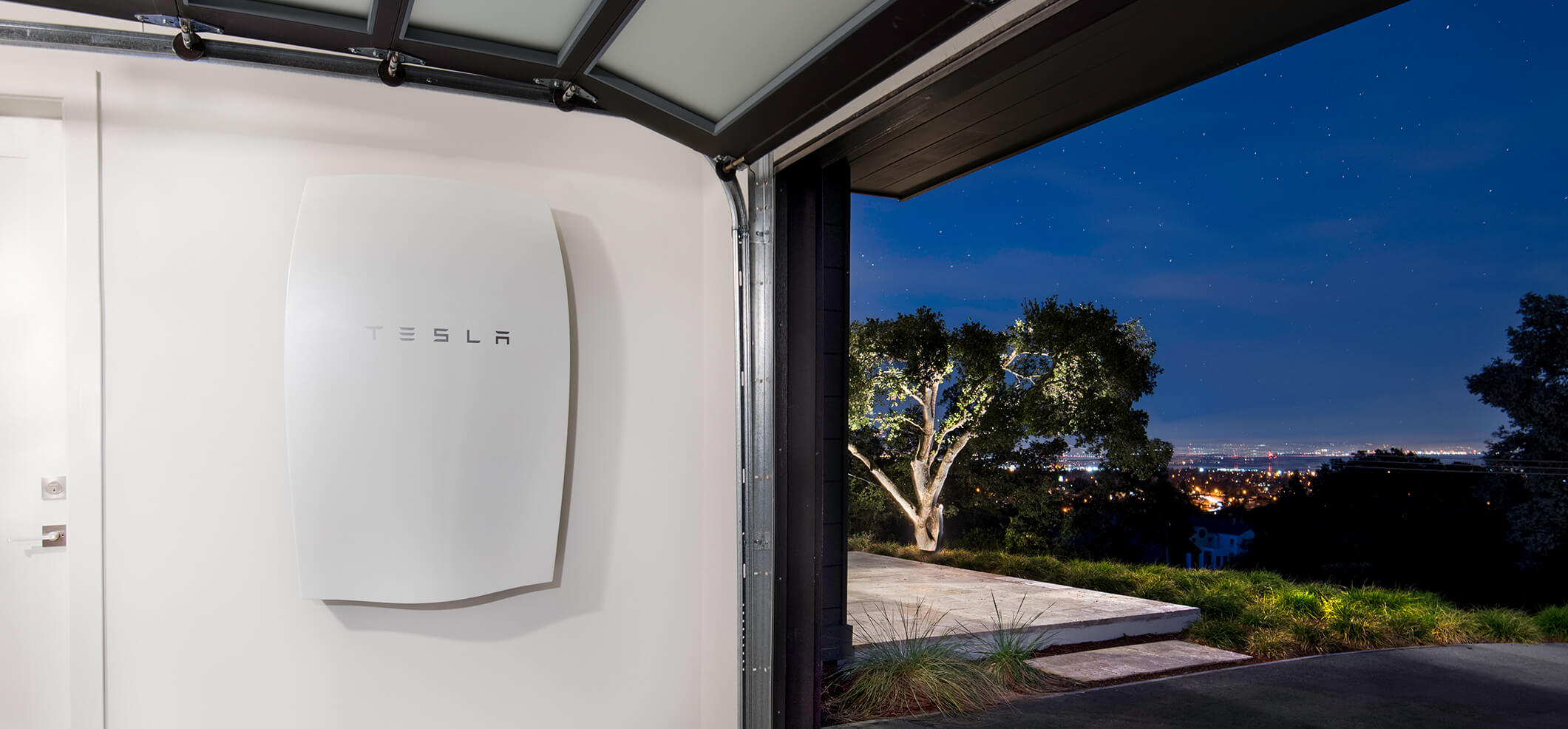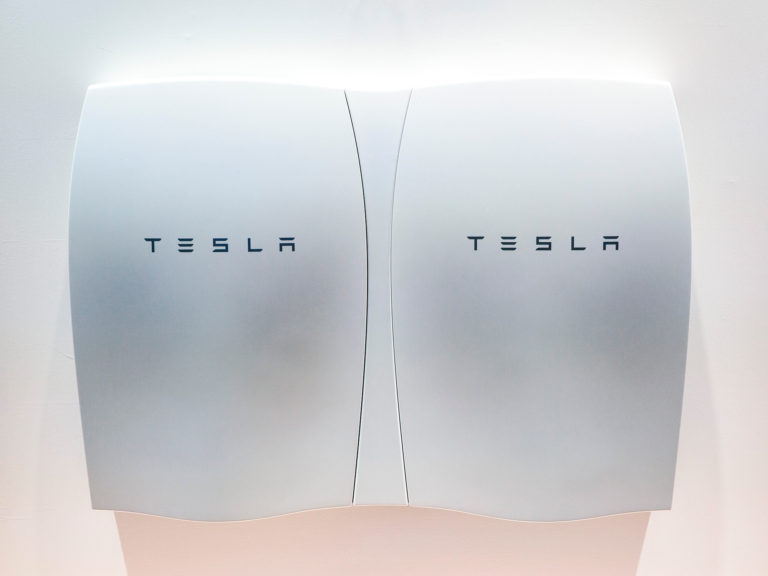Despite having fewer rebates and lesser feed-in tariffs than previously, much more households are setting up solar power systems to cut back power bills and make their houses more eco-friendly.
In other interesting information for potential – and present – solar panel-owners, the release of Tesla’s Powerwall home battery implies homes can get a lot more from their solar power systems.

What’s the Tesla Powerwall?
Tesla talks about the Powerwall as a “rechargeable lithium ion battery with liquid thermal control.” It’s among the few firms in the household energy storage market which makes small-scale batteries for house energy storage. The first-generation Powerwall released in April 2015, and an upgraded Powerwall 2.0 was introduced around October 2016. The cost of a Powerwall 2.0 battery (excluding installing expenses) is $5,500.
Tesla battery packs are a perfect pairing for solar panel systems, particularly in the event of off-grid projects in which homeowners require or wish to become completely independent of their power. The solar storage option such as the Tesla Powerwall enables you to sustain a power supply in the daytime or night.
One big constraint of solar photovoltaic (PV) systems is they do not produce electricity in the evening (naturally!) thus they are still dependent upon connection to the grid for night-time power and when the solar array or inverter breaks down for whatever reason. However the Tesla home battery could store the solar-generated electrical power to be used later.
The idea of a home battery storage system is not new; they have been around for a long time, like those coming from Solar Australia. Some other electrical power storage systems (battery as well as other technologies) are made for large-scale industrial or commercial use. However Powerwall might be a game-changer for the electricity sector.
How much it cost?
The list cost to get a new Tesla Powerwall 2.0 battery, that provides two times the storage capacity of an original Powerwall, is $5,500. Supporting components gives one more $700 to the equipment expenses, which gives the sum of $6,200. Installation can also add from around $2,000 to $8,000 to the overall bill.
It’s important to remember that the list costs you see do not cover the expense of installing your Powerwall in your property. Tesla quotes that particular installation will put $800 to $2,000 into your bill. Then again, this estimate does not cover the expense of electrical upgrades, permit fees, taxes, or connection costs. EnergySage customers have claimed installation expenses which add anywhere from around $5,000 to $8,000 (prior to any financial incentives are applied). The total number will be primarily based on the particulars of your installation.
If you wish to install the Powerwall as part of the solar-plus-storage system, battery expenses are simply one portion of the equation. A typical 5 kilowatt (kW) solar energy system rates anywhere from around $8,500 to $16,000 depending upon your geographical area and the kind of equipment you select. That might appear to be a lot of cash, however installing a solar-plus-storage system could be a worthwhile expense.
Why is Tesla’s home battery different from others?

Compared to other Tesla technology, Powerwall is open patent, that will enable competitors to create the same or even much better products. Thus even though Powerwall isn’t the first such system to show up, this could be the one which makes battery storage systems a standard feature in houses.
For an average house, Powerwall and a solar array altogether can turn into the primary source of power, having the grid connection serving just as a back-up and top-up for extended periods of low sunshine. Nevertheless, the system can also let total self-sufficiency for a few houses.

